If you have time for only one sightseeing outing, this should be it. La Sagrada Família inspires awe by its sheer verticality, and in the manner of the medieval cathedrals it emulates, it’s still under construction. Work began in 1882 and is hoped (perhaps optimistically) to be completed in 2026, a century after the architect’s death. Unfinished it may be, but it attracts more than 4.5 million visitors a year and is the most visited monument in Spain.
Pope Benedict XVI consecrated the church as a minor basilica in a huge ceremony in November 2010.
The Temple Expiatori de la Sagrada Família (Expiatory Temple of the Holy Family) was Antoni Gaudí’s all-consuming obsession. Given the commission by a conservative society that wished to build a temple as atonement for the city’s sins of modernity, Gaudí saw its completion as his holy mission. As funds dried up, he contributed his own, and in the last years of his life he was never shy of pleading with anyone he thought a likely donor.
Gaudí devised a temple 95m long and 60m wide, able to seat 13,000 people, with a central tower 170m high above the transept (representing Christ) and another 17 of 100m or more. The 12 along the three facades represent the Apostles, while the remaining five represent the Virgin Mary and the four evangelists. With his characteristic dislike for straight lines (there were none in nature, he said), Gaudí gave his towers swelling outlines inspired by the weird peaks of the holy mountain Montserrat outside Barcelona, and encrusted them with a tangle of sculpture that seems an outgrowth of the stone.

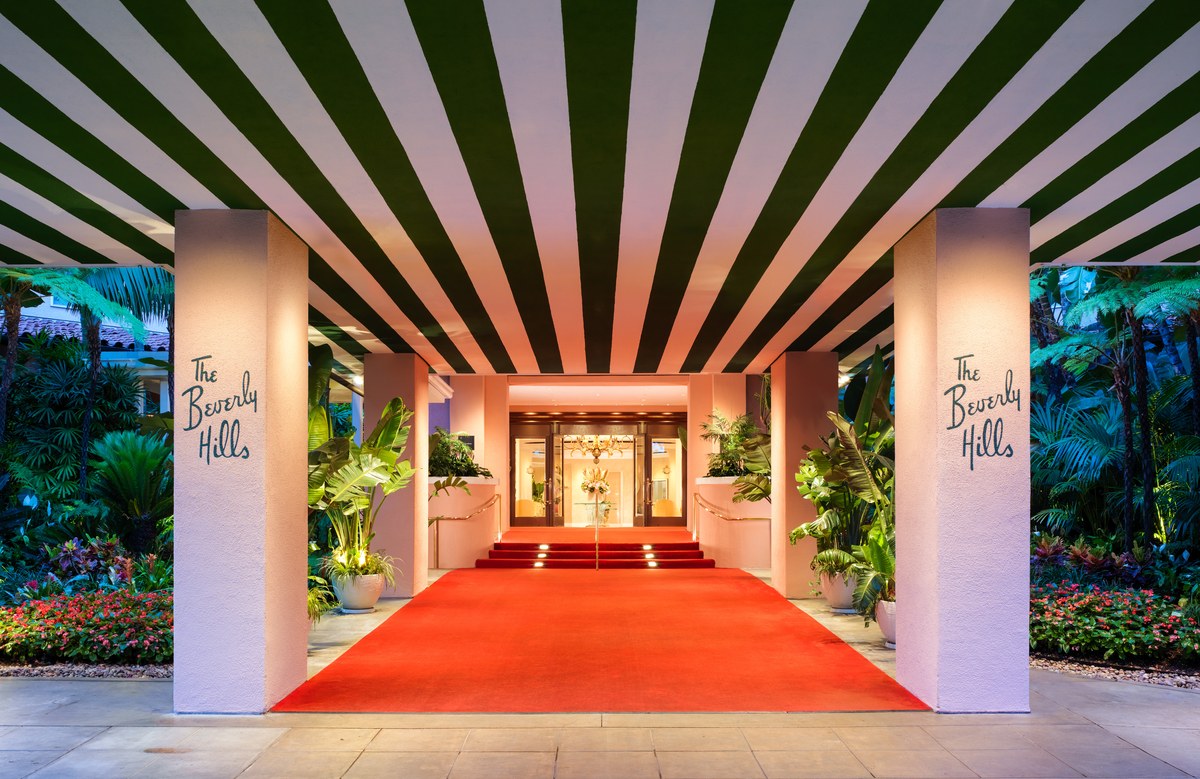
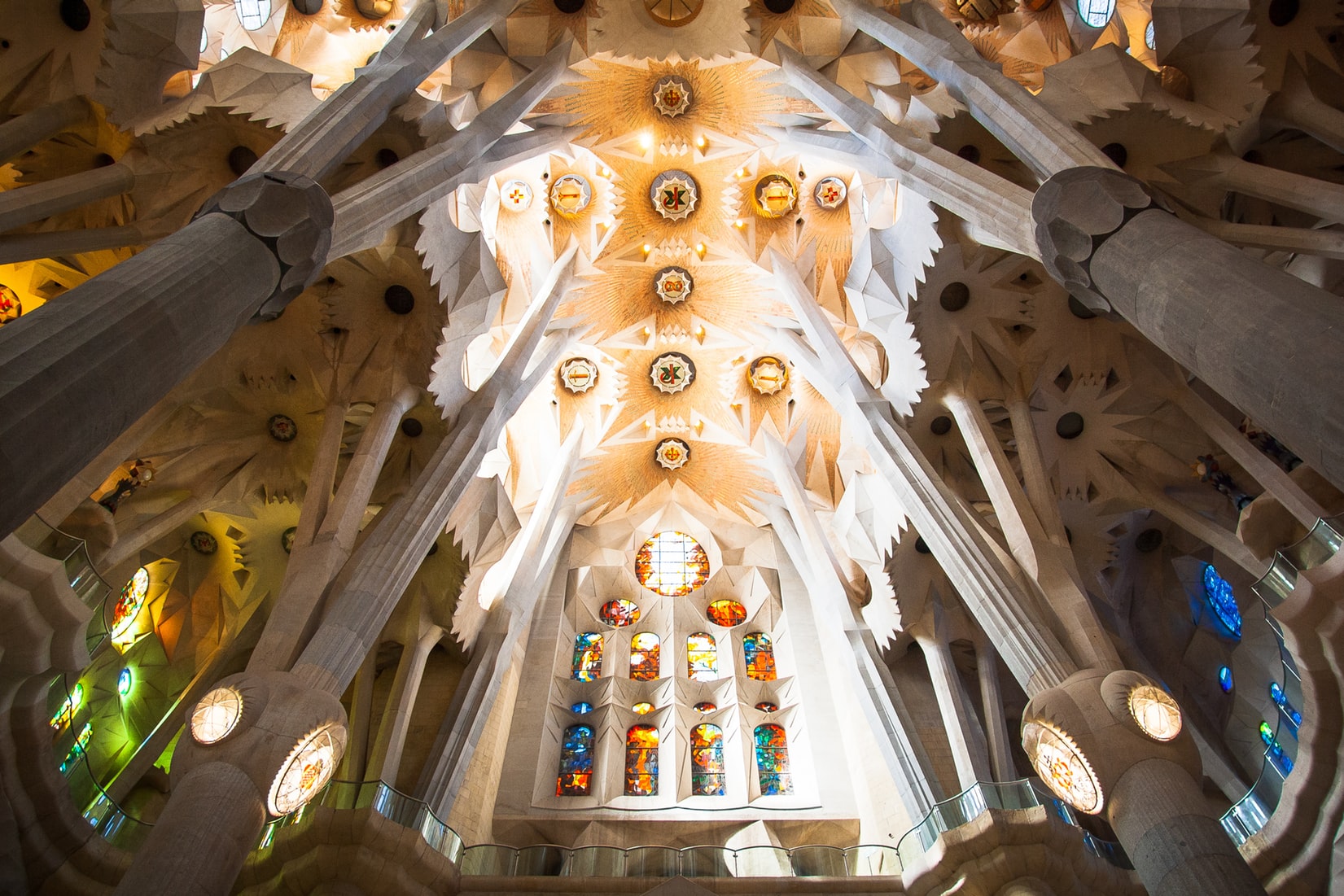
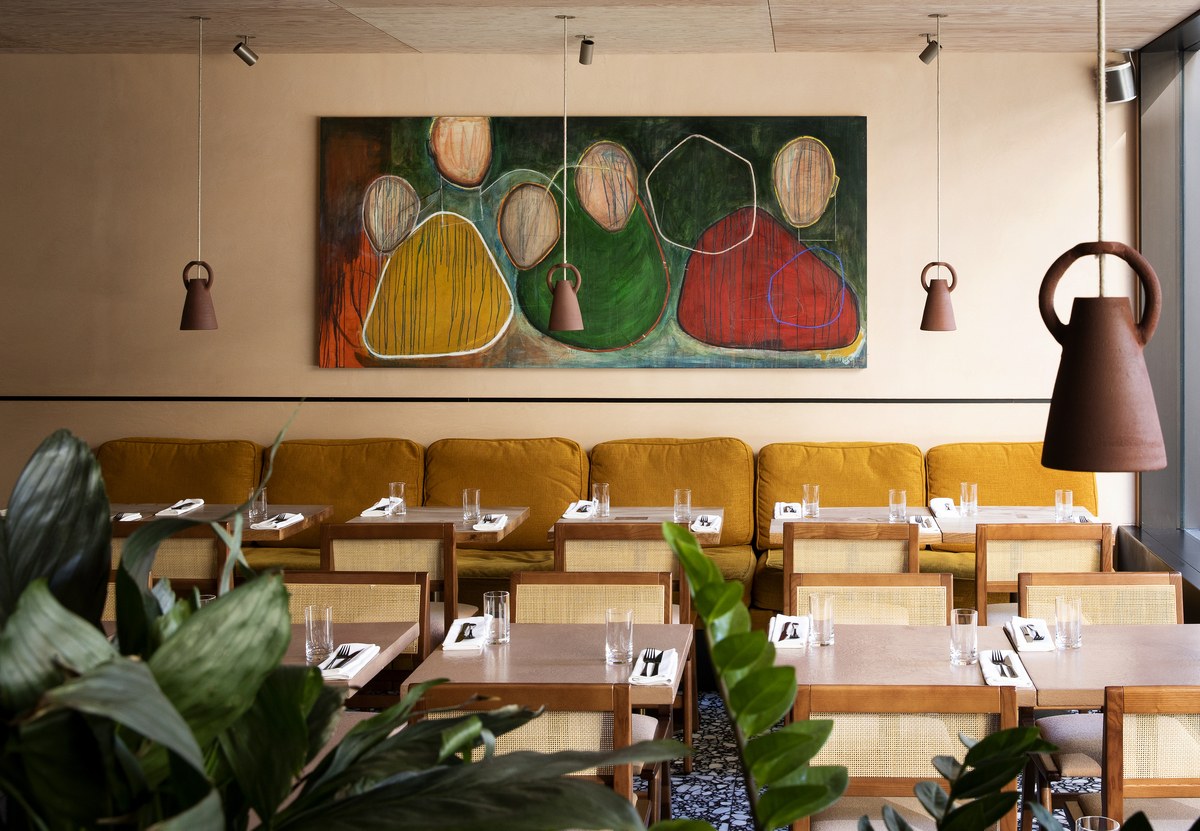
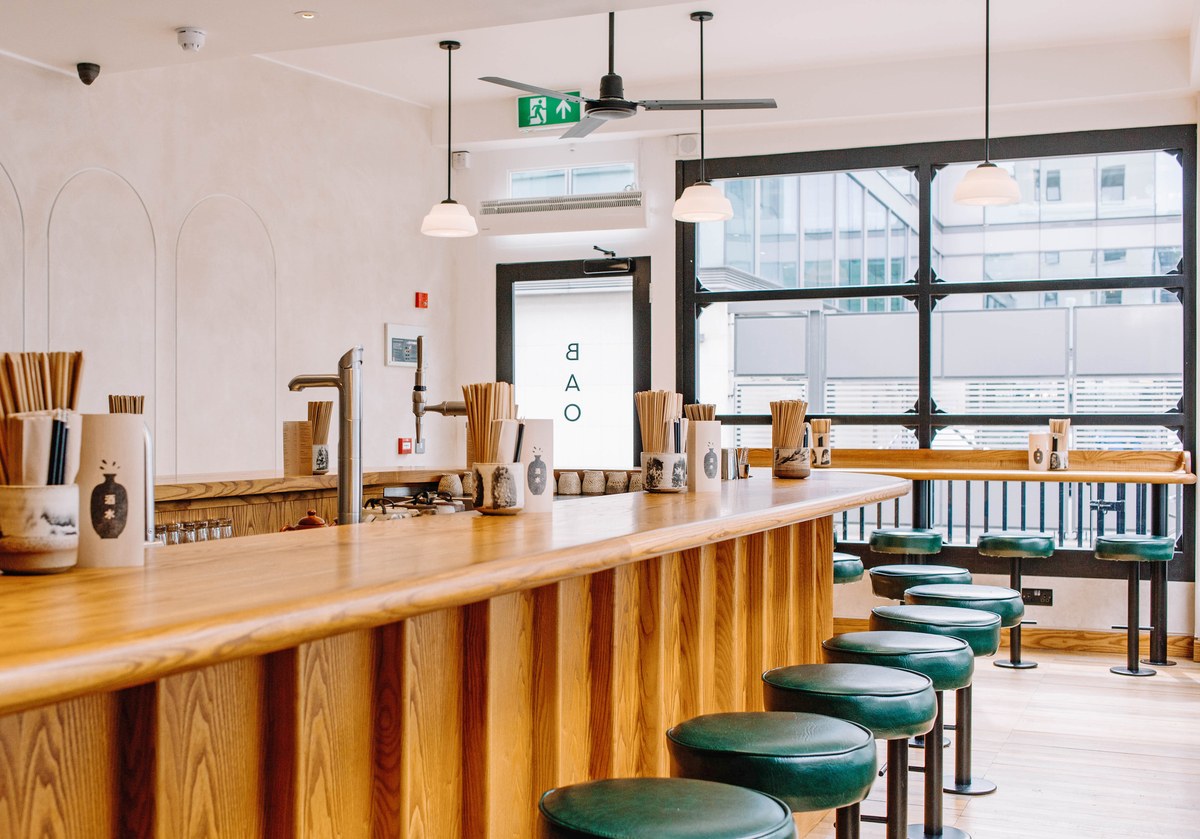
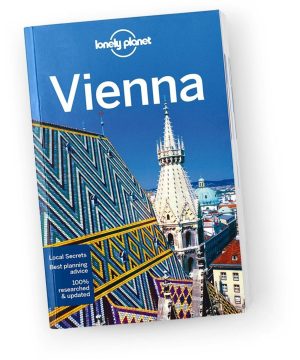
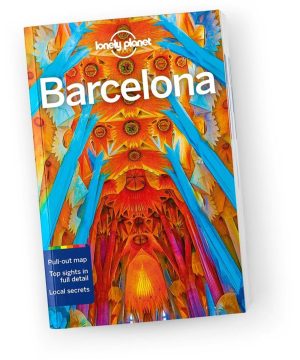
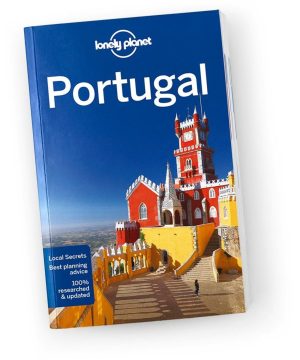



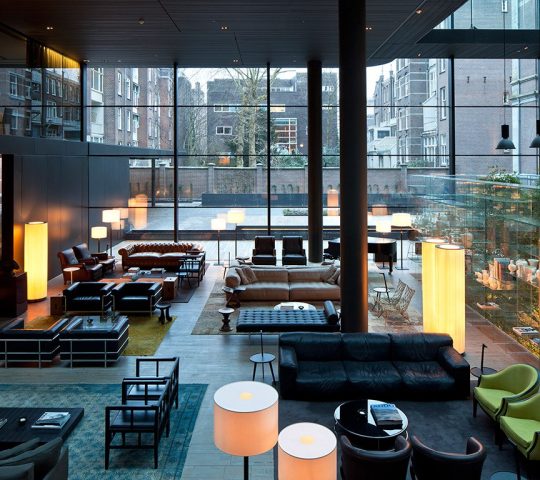
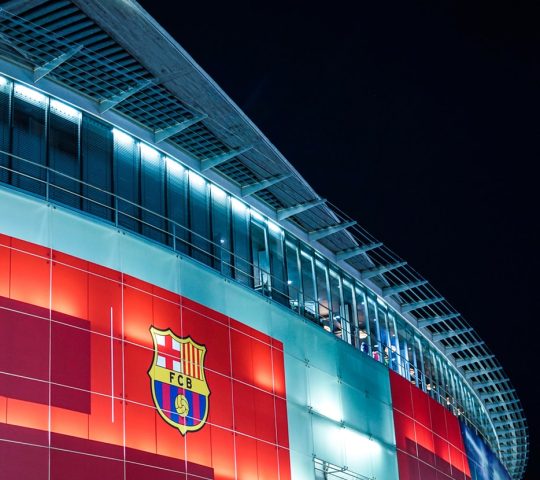
We did not take full advantage of our tickets on and off, but we saw a lot during a few hours. We would recommend two days with stops at the favorite places.